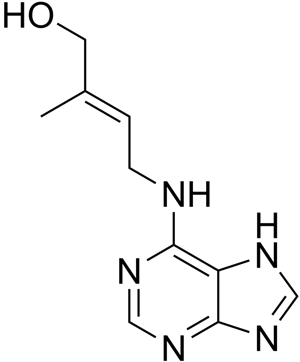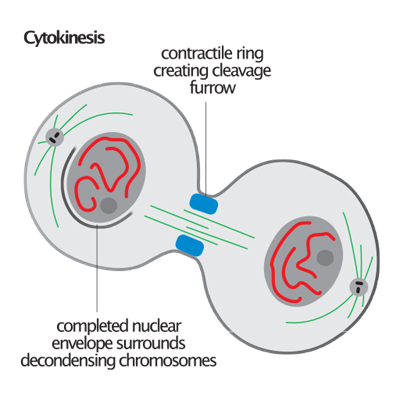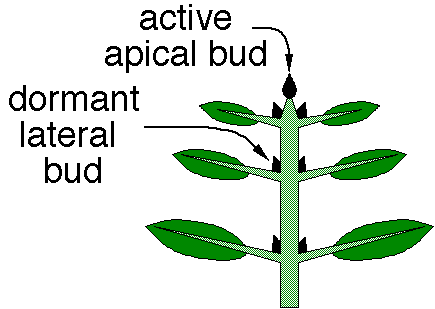
PUMPA - SMART LEARNING
எங்கள் ஆசிரியர்களுடன் 1-ஆன்-1 ஆலோசனை நேரத்தைப் பெறுங்கள். டாப்பர் ஆவதற்கு நாங்கள் பயிற்சி அளிப்போம்
Book Free DemoCytokinins were discovered by F. Skoog, C. Miller and co-workers during the 1950s as factors that promote cell division (cytokinesis) in plant cells. It was first isolated from Zea mays (known as Zeatin) and is abundantly found in the liquid endosperm of coconuts.
They are naturally occurring growth promoters that combine with auxin, promote cell division and differentiation in plants.

Cytokinin (Zeatin)
Physiological effects of cytokinin:
- These are the substances that induce cell division (cytokinesis) in the presence of auxins and are hence found in higher concentrations in the areas where cell division is rapid (in fruits and seeds).

Cytokinesis
- These substances also cause the enlargement of cells.
- Together with auxins, cytokinins are involved in morphogenesis.
The formation of tissue culture from the callus in tissue culture is known as morphogenesis.
- They also promote the growth of lateral buds even in the presence of apical buds.

Apical bud and lateral bud
- Application of cytokinins promotes the Richmond Lang effect,i.e., it delays ageing in plants.
Reference:
https://commons.wikimedia.org/wiki/File:Zeatin.png
https://commons.wikimedia.org/wiki/File:Cytokinesis_illustration.svg
https://upload.wikimedia.org/wikipedia/commons/7/7b/Apical_Cycle.gif